
AllQuestion and Answers: Page 715
Question Number 147188 Answers: 0 Comments: 0
Question Number 147187 Answers: 1 Comments: 2
Question Number 147183 Answers: 1 Comments: 0
Question Number 147176 Answers: 1 Comments: 0

Question Number 147175 Answers: 0 Comments: 0
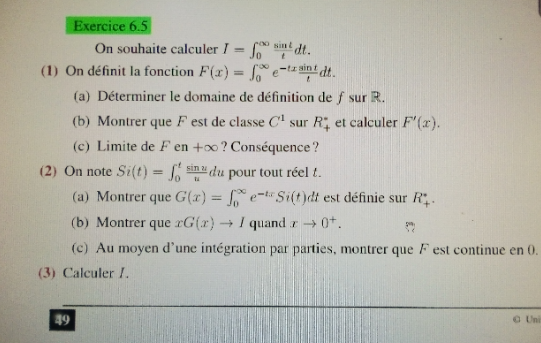
Question Number 147169 Answers: 1 Comments: 4
Question Number 147166 Answers: 2 Comments: 0
Question Number 147163 Answers: 0 Comments: 0
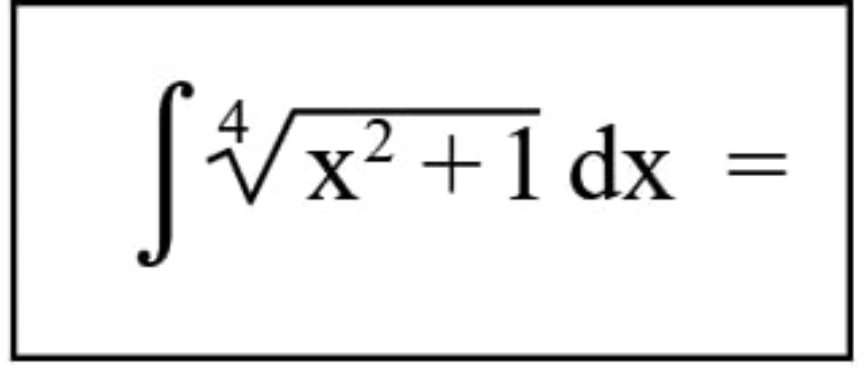
Question Number 147162 Answers: 1 Comments: 0
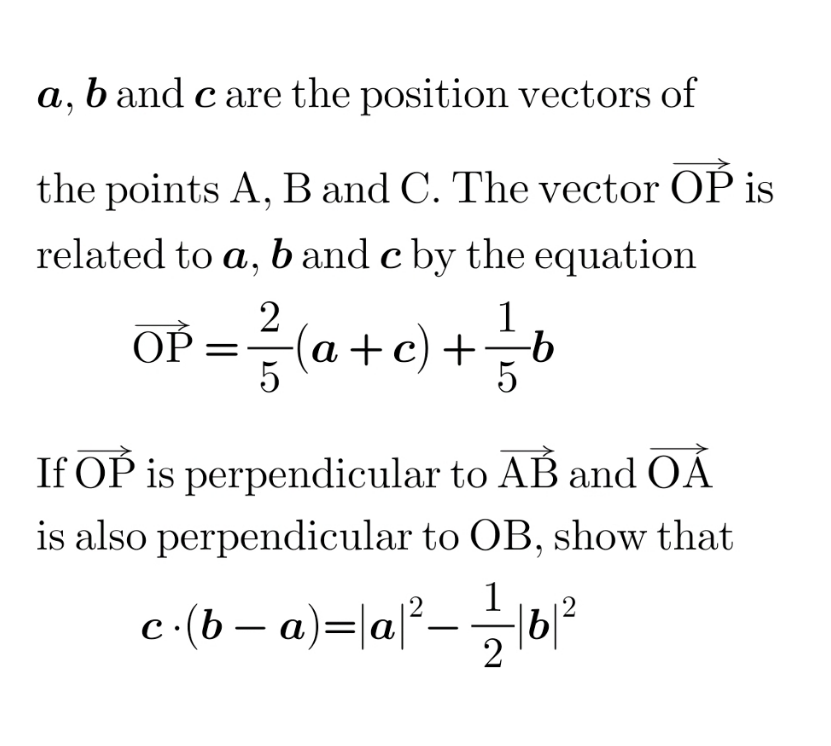
Question Number 147158 Answers: 2 Comments: 0

Question Number 147157 Answers: 0 Comments: 1
Question Number 147149 Answers: 1 Comments: 0
Question Number 147146 Answers: 2 Comments: 0
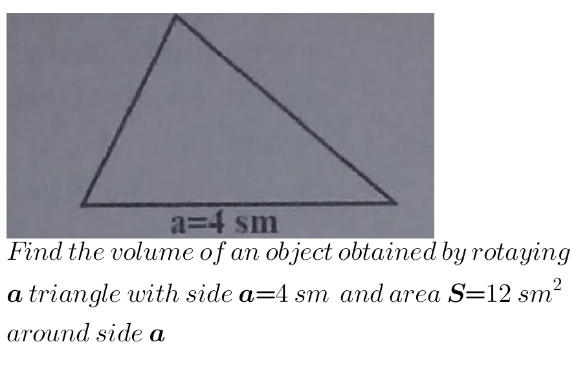
Question Number 147147 Answers: 0 Comments: 0
Question Number 147144 Answers: 1 Comments: 0
Question Number 147137 Answers: 1 Comments: 0

Question Number 147135 Answers: 3 Comments: 0

Question Number 147134 Answers: 0 Comments: 2
Question Number 147130 Answers: 1 Comments: 2

Question Number 147115 Answers: 0 Comments: 0
Question Number 147122 Answers: 1 Comments: 0
Question Number 147344 Answers: 1 Comments: 0
Question Number 147119 Answers: 2 Comments: 0
Question Number 147118 Answers: 1 Comments: 0
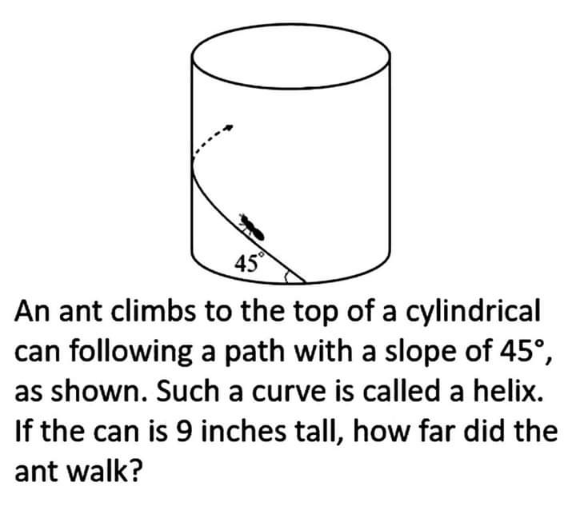
Question Number 147116 Answers: 2 Comments: 5
Question Number 147108 Answers: 2 Comments: 0
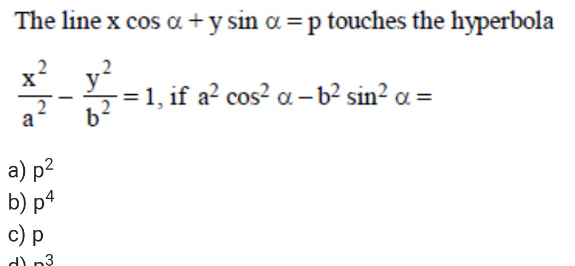
Pg 710 Pg 711 Pg 712 Pg 713 Pg 714 Pg 715 Pg 716 Pg 717 Pg 718 Pg 719
